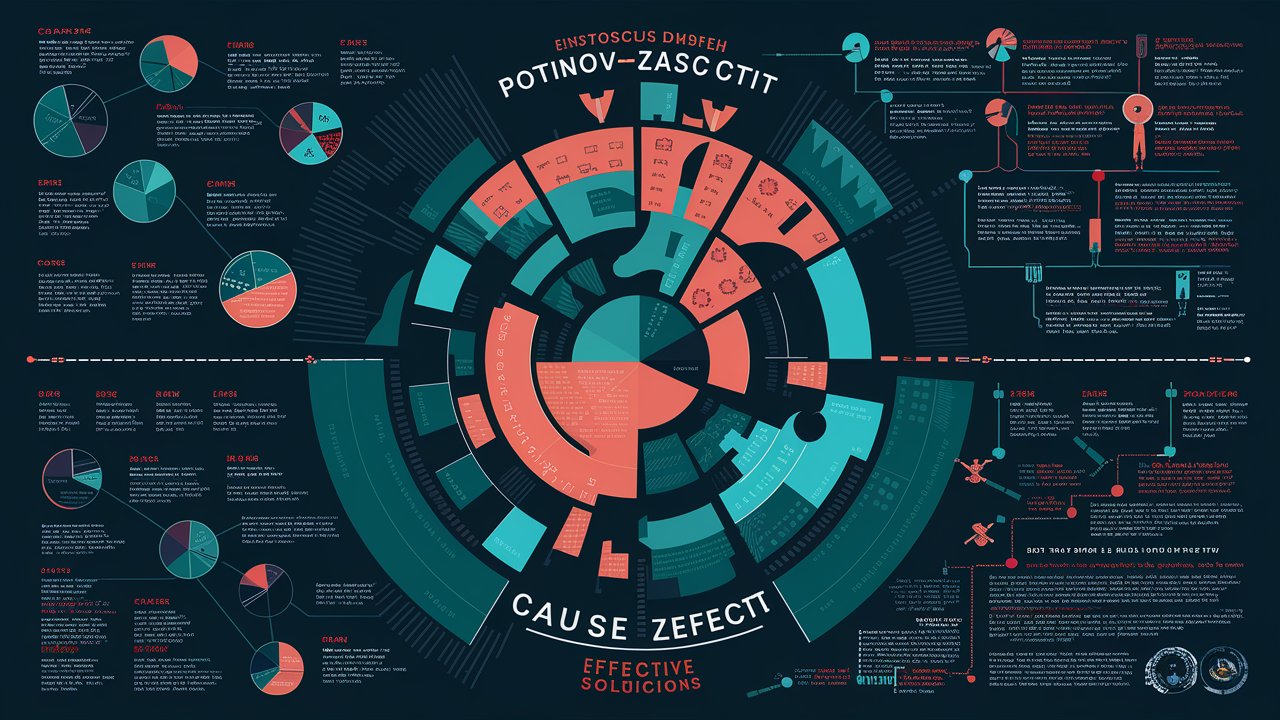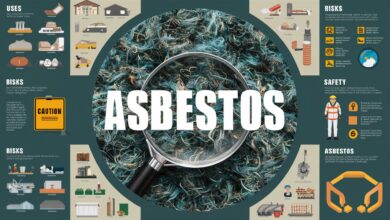Understanding Potnovzascut Issues: Causes, Effects, and Effective Solutions

In the ever-evolving world of technology and industrial systems, what about potnovzascut issues have become a growing concern among professionals and organizations aiming to maintain operational stability and system efficiency. These complex problems can affect both technical performance and organizational productivity, making it crucial for businesses and individuals to understand their root causes, identify their symptoms, and implement sustainable solutions.
This article provides an in-depth exploration of Potnovzascut issues, their impact across sectors, and the most effective strategies to manage and prevent them.
What Are Potnovzascut Issues?
The term Potnovzascut generally refers to a series of technical, structural, or operational complications that arise within systems, often as a result of poor configuration, outdated infrastructure, or human error. These issues can manifest in different forms—ranging from software malfunctions and hardware inefficiencies to data management conflicts and security vulnerabilities.
In modern enterprises, Potnovzascut problems often originate from integration failures, inconsistent protocols, or unmonitored automation systems. They can disrupt workflows, slow down performance, and even compromise sensitive data if not addressed promptly.
Common Causes of Potnovzascut Issues
Understanding the causes of Potnovzascut issues is essential to developing preventive strategies. Below are some of the most frequent triggers:
1. Outdated Software and Hardware
Legacy systems are highly prone to Potnovzascut-related complications. When hardware and software are not updated regularly, compatibility issues, data synchronization errors, and system lags become common, leading to inefficiencies.
2. Misconfigured Systems
Improper setup or poor configuration of tools and applications often results in process misalignment. Configuration errors can cause communication gaps between platforms, resulting in unstable operations and data integrity issues.
3. Insufficient Security Measures
Potnovzascut problems often emerge due to vulnerable security protocols. A lack of encryption, poor access control, and outdated firewalls open the door to cyber intrusions and data breaches, posing severe risks to organizations.
4. Lack of Staff Training
Human error remains a leading cause of Potnovzascut incidents. Inadequate training or misunderstanding of system processes can cause mismanagement and unintentional damage to system functionality.
5. Poor System Maintenance
When organizations neglect routine maintenance, minor bugs escalate into major failures. Regular audits and system updates are crucial for detecting issues early and preventing costly disruptions.
The Impact of Potnovzascut Issues on Organizations
The consequences of Potnovzascut problems extend far beyond minor inconveniences. They can severely affect business continuity, customer satisfaction, and long-term profitability.
1. Operational Downtime
Technical disruptions often result in prolonged system outages, halting operations and causing delays in project timelines. Every minute of downtime can translate to significant financial loss.
2. Reduced Productivity
When employees spend time troubleshooting or waiting for systems to recover, productivity plummets. This creates a ripple effect across departments, slowing down output and efficiency.
3. Financial Losses
Unresolved Potnovzascut issues can lead to revenue loss due to interrupted services, missed deadlines, and expensive recovery efforts. Additionally, system failures can harm customer relationships and brand reputation.
4. Security Risks
System vulnerabilities created by Potnovzascut problems expose businesses to cyber threats, data theft, and compliance violations. Such incidents can damage an organization’s credibility and invite legal repercussions.
How to Identify Potnovzascut Problems Early
Early detection is the key to mitigating Potnovzascut issues. Organizations must implement proactive monitoring systems to track performance, detect anomalies, and prevent major breakdowns.
1. Performance Analytics
Using advanced performance analytics tools can help track system behavior and identify unusual patterns before they escalate into significant issues.
2. Regular Audits
Conducting routine audits ensures that all configurations, integrations, and updates are functioning as intended. This step is essential for catching potential weaknesses in the system.
3. Error Logs and Reports
Keeping a detailed record of error logs helps in tracing recurring issues. By analyzing these logs, teams can uncover root causes and implement long-term fixes.
4. Automated Alerts
Set up automated notifications to alert IT teams of potential system failures or suspicious activities, allowing for immediate response and damage control.

Effective Solutions to Prevent Potnovzascut Issues
1. Implement Regular Updates
Keeping both software and hardware up to date ensures compatibility and security. Regular updates eliminate bugs, patch vulnerabilities, and optimize performance.
2. Strengthen Cybersecurity
Adopt a multi-layered cybersecurity strategy that includes strong firewalls, encryption, secure user authentication, and continuous network monitoring to protect against external threats.
3. Provide Comprehensive Training
Invest in employee training programs to ensure that all staff members understand how to use systems properly and follow best practices for data handling and maintenance.
4. Adopt Cloud-Based Solutions
Cloud systems provide better scalability, redundancy, and automatic backups, reducing the risk of Potnovzascut issues caused by hardware failures or local data corruption.
5. Develop a Contingency Plan
A well-structured disaster recovery and contingency plan helps organizations respond quickly to unexpected disruptions and restore normal operations efficiently.
Future Outlook: The Evolving Landscape of Potnovzascut Management
With advancements in AI-driven monitoring, predictive maintenance, and machine learning analytics, organizations can now anticipate Potnovzascut issues before they occur. The integration of smart technology allows for real-time diagnostics, automated repairs, and data-driven decisions, leading to more resilient and adaptive systems.
As industries continue to digitize, the demand for Potnovzascut prevention strategies will only increase, highlighting the importance of proactive system management and continuous innovation.
Conclusion
Adopting regular maintenance, employee training, and advanced monitoring technologies not only resolves existing issues but also prevents future complications. In a world where uptime and security are paramount, managing Potnovzascut problems effectively is essential for long-term success.
Frequently Asked Questions (FAQ)
1. What are the main causes of Potnovzascut issues?
They usually stem from outdated systems, misconfigurations, insufficient maintenance, or inadequate cybersecurity protocols.
2. How can businesses prevent Potnovzascut issues?
Regular updates, cybersecurity enhancements, employee training, and proactive monitoring are key preventive measures.
3. Are Potnovzascut issues related to data security?
Yes. Poor system maintenance and vulnerabilities can expose organizations to significant data security risks.
4. What role does automation play in resolving Potnovzascut issues?
Automation helps in early detection, monitoring, and even self-healing of systems, minimizing human error and downtime.
5. Can small businesses face Potnovzascut issues?
Absolutely. Regardless of size, any business relying on technology can encounter these issues if preventive strategies are not in place.



